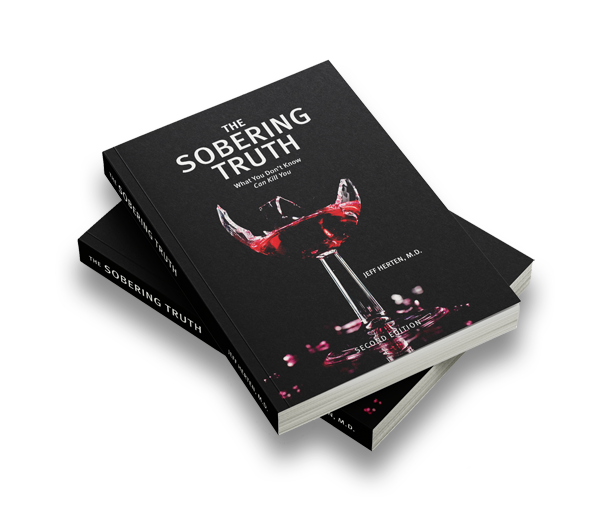Chapter 3
How Alcohol Makes You Drunk
Alcohol is unusual in that it is absorbed right through the mucosa (the lining of your mouth, esophagus, and stomach). It is such a small molecule that it doesn’t have to be broken down by any digestive enzymes, so it passes directly through the wall of any portion of the gut. This is in distinct contrast to most foods containing the three major energy sources: carbohydrates, proteins, and fats. Most of these are large, complex molecules that must be broken down into smaller molecular fragments by stomach acid or digestive enzymes in the mouth or small intestine to be absorbed. Absorption of alcohol begins immediately after the first swallow and continues until the last fragment is absorbed in the small intestine. Unlike many foods and most medications, alcohol is 100 percent absorbed into the bloodstream, and it is quickly and evenly distributed to all organs, muscles, fat, and, of course, the brain.
Because alcohol is so chemically simple, the body assimilates it very quickly. Its small size and simple structure allows it to pass readily through the membrane of every cell in the body. Alcohol functions as a two-carbon sugar, so it is considered to be in the carbohydrate family…

